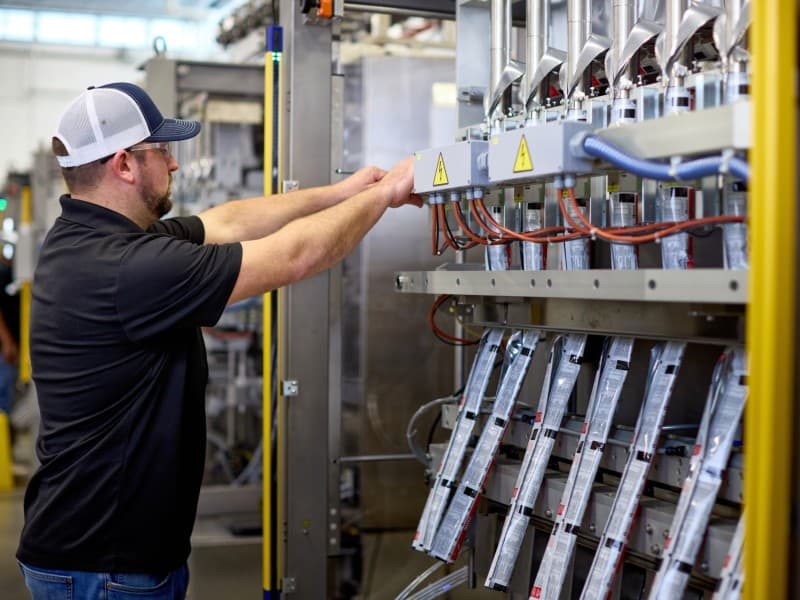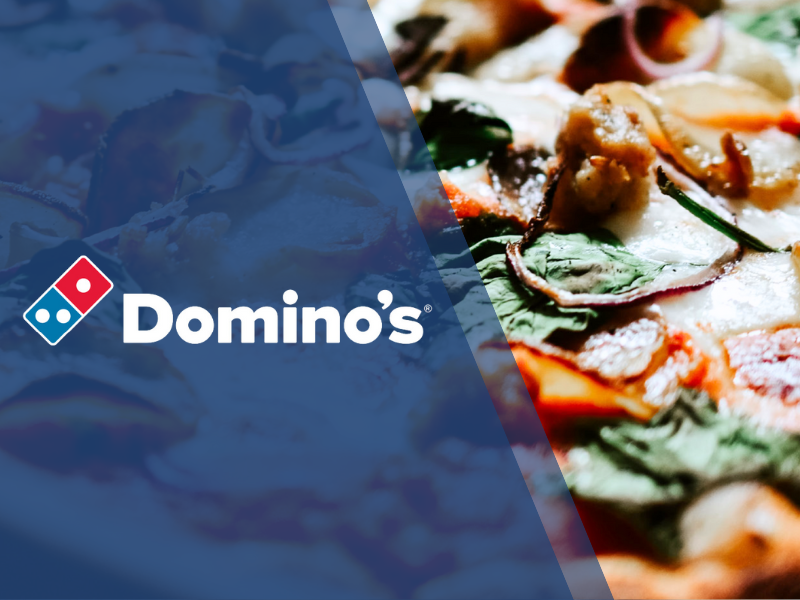How Much Does Packaging Automation Really Cost?
By Mike Scritchfield on November 11, 2025

When manufacturers begin exploring packaging automation, the first question asked is typically: "How much does it cost?" It’s a fair but complicated question.
The truth is, the cost of automation goes far beyond the price of the equipment. It’s a full-scope investment that, if not carefully considered, can lead to frustration, project delays, or underwhelming return on investment (ROI).
“A common misconception is thinking about how expensive packaging automation is up front versus how much it actually saves you down the road. How do you put a price tag on reducing stress and unreliability, or increasing confidence in knowing you’ll consistently meet production demand?”
- Mike Scritchfield, Viking Masek Regional Sales Manager.
That’s why at Viking Masek, we work to demystify automation. We help customers understand everything that factors into the cost of packaging automation and, ultimately, their long-term success.
The True Meaning of “Cost”
While it’s easy to zero in on equipment cost when discussing automation, that’s only the beginning.
Cost spans several categories:
- Financial: Beyond the machine itself, there are expenses like integration with existing systems, freight and installation fees, startup and commissioning support, and consumables like ink or film.
- Operational: Facility preparation often requires more than moving in a new machine. Electrical and compressed air system upgrades, workflow adjustments, or reconfigured floor layouts may be required to support smooth operations.
- Human: New equipment means new skills. That means training, potential changes in staffing, and managing the organizational shift that comes with adopting new technology.
Inclusive thinking leads to informed, realistic decisions. Scritchfield also urges customers to consider the cost of waiting.
“Hesitation can be costly. Every day you wait to automate, you’re paying for manual labor that automation could replace,” he said. “On the other hand, with the labor savings gained through automation you’ll likely pay off the capital investment in around 18 months.”
Crunch numbers on the Packaging Equipment ROI Calculator
Overlooked Costs That Add Up
There’s value in looking at costs in terms of broad financial, operational, and human expenditure, but let’s get into the sometimes overlooked details that could impact cost:
1. Facility Preparation
We’ve already mentioned facility preparation, but it bears repeating. Many companies underestimate how much time and money it can take to adjust electrical or other systems, or make required structural changes that aren’t always apparent in early discussions.
2. Integration Complexity
Packaging machines don’t operate in isolation. They must interface with upstream and downstream systems. Ensuring seamless operation often requires additional engineering, software integration, and custom configuration.
3. Training & Ramp-Up
Automation can reduce labor over time, but there's an onboarding curve. During training, when our technicians are on-site, productivity with the new machinery usually consistently hits 100%. However, in the weeks immediately following the support technicians’ departure, productivity normally dips 20-40%, then climbs as operators get comfortable with and apply their learnings.
4. Consumables & Changeovers
Ink, labels, film, and packaging materials can carry recurring costs. Frequent changeovers or running multiple SKUs may also mean more downtime and labor.
5. Shipping and Installation
Depending on your location, the cost of moving a system and bringing in technicians for setup and training can vary significantly. As part of the Viking Masek commitment to transparency, we clearly outline these expenses and expectations.
Avoiding Surprises: What to Evaluate Early
At Viking Masek, our sales process is built around these conversations. We don’t just sell equipment; we guide you through a consultative journey, starting with discovery and extending through project management, installation, training, and long-term service.
“In some cases, planning may feel like a delay, but it really prevents delays later,” Mike explained. “We ask a ton of questions upfront to make sure nothing is missed. We believe in readiness, alignment, and proactivity to avoid any costly surprises.”
Similarly, companies that get automation right ask the right questions before committing. Here are a few idea-starters for your team:
- What specific production bottlenecks are we trying to solve?
- Are we operating at or near capacity already?
- Do we have the infrastructure to support new equipment?
- How will we manage change? What training is needed?
- How will our current and future product mix affect equipment needs?
Our Five-Phase Project Management
Project management is the key to successful implementation and the basis of a trusted relationship. We’ve developed a five-phase approach that our project managers use to cross-collaborate with our customers and internal teams at pivotal times in a project:
- Initiation: We gather detailed information about your products, facility, and team. This is where we validate assumptions, identify unique requirements, and align on goals.
- Design: Our engineers tailor the solution to your specifications. We map out every detail—from machine footprint and electrical specs to integration points and operator interface.
- Build: Your system is built, tested, and validated at our facility. This phase includes full system integration to ensure components work together seamlessly.
- Installation: We coordinate freight, installation, commissioning, and on-site training. Our technicians remain on-site through initial startup to support your team and fine-tune performance.
- Post-Installation: From ongoing support and maintenance to training updates and spare parts, we remain your partner long after the system goes live.
Know the True Cost. Invest with Confidence.
Upfront numbers can feel intimidating, but without the full context, they can be misleading. True cost is about value, both in what’s paid and what’s gained. When you partner with Viking Masek for packaging automation solutions, you:
- Optimize reliability, scalability, and labor efficiencies
- Protect your brand through consistent, high-quality output
- Build short- and long-term success strategies with an experienced Viking Masek team that supports you throughout packaging automation implementation and long after installation
Our approach isn’t about rushing to close a deal. It’s about equipping you with the knowledge to invest wisely. Contact the Viking Masek team with any questions, and download our Packaging Automation Facility Prep Checklist to determine your readiness and next steps in packaging automation.
Related Posts

[VIDEO] Snacking smarter: How Darlington Snacks doubled output with automated packaging lines

Top this: How Domino’s packages its toppings 60% faster
